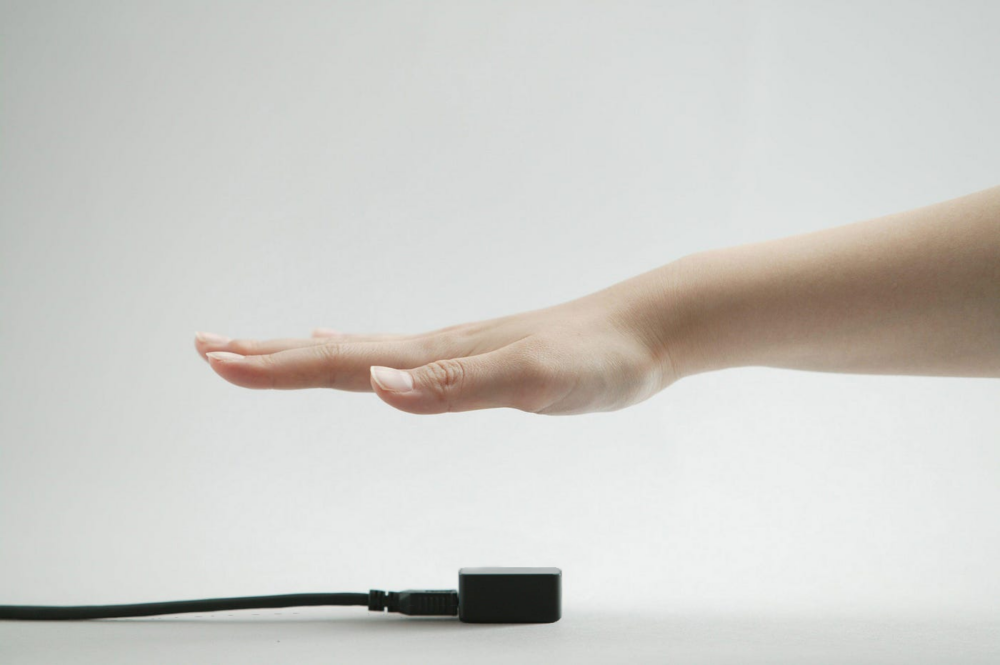Identity fraud has grown increasingly sophisticated and threatening, affecting organizations and individuals across all sectors and borders. With fraud attempts becoming increasingly sophisticated and powered by Artificial Intelligence, traditional authentication methods such as fingerprints and facial recognition are struggling to keep up. In a fast-paced digital world, the demand for secure, reliable, and efficient authentication solutions has never been greater. Whether it’s accessing a bank account, securing a workplace, or verifying identity at airports, organizations are seeking more advanced technologies to protect sensitive data and digitize customer journeys, and no better solution exists today than palm vein.
What is Palm Vein Technology?
At its core, palm vein technology uses near-infrared technology to capture over five million reference points underneath a person’s palm to generate a unique biometric template, which can then be compared to pre-registered patterns. These vein patterns are incredibly complex and unique to each individual, making them nearly impossible to replicate. Unlike fingerprints, which can be altered over time or even cloned, palm vein patterns are internal; therefore, there is no practical way to forge them.
Why is Palm Vein Technology winning?
- Unmatched Security: Palm vein patterns are internal, hidden, and incredibly sophisticated, unlike fingerprints or facial features, which can be left on surfaces or captured from photographs. The only practical way a palm vein sensor would not be able to capture a pattern is if the live signal stops (e.g., hand is severed).
- Hygienic and Contactless: With growing concerns about hygiene, especially post-pandemic, palm vein technology offers a completely contactless authentication process. Users simply hover their hand above a scanner for less than a second, and they are authenticated instantly.
- Highly Accurate: The level of accuracy in palm vein scanning is exceptionally high, which is measured using the False Acceptance Rate (FAR). FAR refers to the likelihood of an unauthorized person being incorrectly granted access, making it a critical measure of a biometric system’s reliability. Palm vein technology has an exceptional FAR of 0.000001%, making palm vein 10,000 times more accurate than facial recognition, and 100 times more accurate than thumbprint.
- Privacy Oriented: Palm vein technology ensures privacy because it leaves no traces behind after scanning, unlike fingerprints, which can be lifted from surfaces, or facial recognition, which can be compromised using photos or videos. The palm vein pattern is internal, invisible to external observation, and impossible to replicate.
- Processing Time: Enrolment takes around 10 seconds, and verification is completed in less than a second. This ensures efficiency and seamless user experience, especially in high traffic environments like airports and governmental institutions.
- Versatile Applications: From banking and healthcare to border control and corporate access, palm vein technology is finding its way into a wide array of industries. Its adaptability makes it an attractive choice for both public and private sector applications.
Applications of Palm Vein Technology
- Banking and Financial Services: Banks are adopting palm vein authentication to allow customers to securely access ATMs and perform transactions without the need for cards or PINs.
- Healthcare: Hospitals use palm vein scans to ensure that patients are correctly identified, reducing errors in treatment, and to manage staff authentication.
- Workplace Access Control: Companies are replacing traditional key cards with palm vein scanners to manage access to restricted areas.
- Retail: Retailers are integrating palm vein technology for cashless payments and customer loyalty programs, allowing customers to make payments by simply scanning their palms, significantly decreasing traffic at retail stores.
- Education: Schools and Universities are adopting palm vein technology to identify students, campus access control and exam verification. This ensures that only authorized students have access to restricted areas and resources.
- Government and Public Sector: Palm vein technology is now being implemented in national ID systems and government services to ensure accurate citizen identification and reduce fraud.
- Airports: Palm vein authentication is speeding up identity verification processes while maintaining high levels of security. This ensures smoother passenger flow and a seamless travel experience without compromising safety.
The Future of Palm Vein Technology
As technology advances and the need for stronger security protocols grows, palm vein authentication will become the standard for biometric identification. Companies are already integrating palm vein scanners into payment systems, and smart cities technologies. In an era where identity fraud and security breaches are becoming increasingly sophisticated, palm vein technology provides a robust solution for secure authentication. Its blend of security, hygiene, and user-friendliness positions it as the go to biometric solution for the future. Palm vein technology is consistent and reliable across various environmental conditions and does not change with aging, making it a leading biometric solution worldwide. Businesses and institutions that adopt palm vein technology today are not only enhancing their security infrastructure but also preparing themselves for a smarter, safer tomorrow.
Unlock the full potential of palm vein technology and transform your IT infrastructure. Contact our team to discover how our solutions can elevate your business operations and set the new standards in secure authentication.
